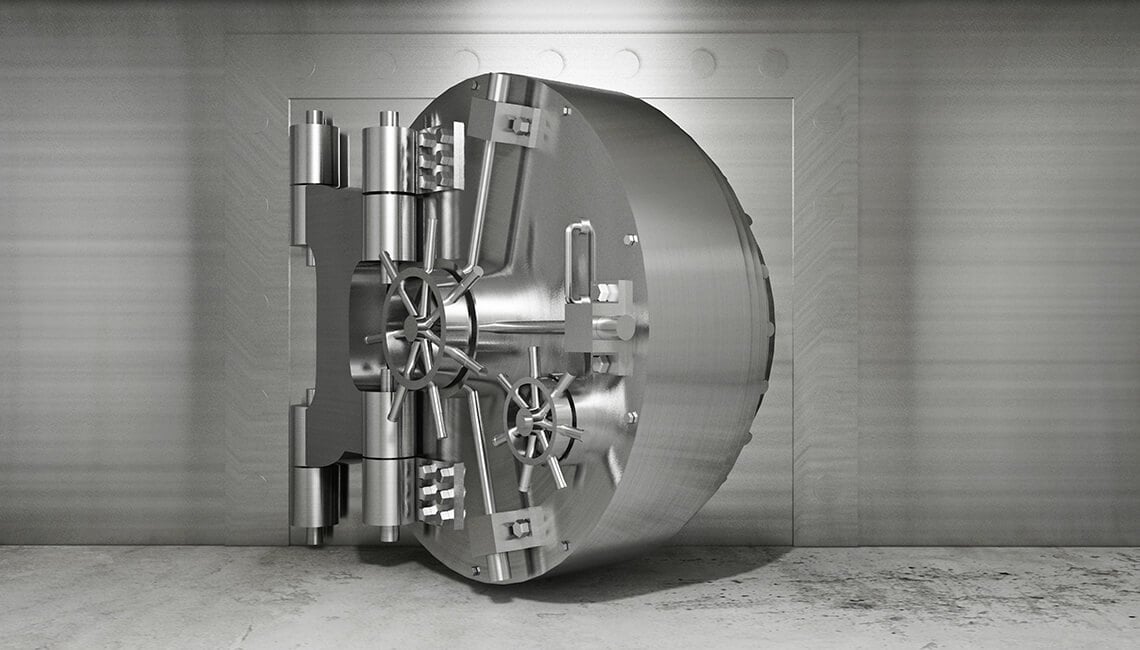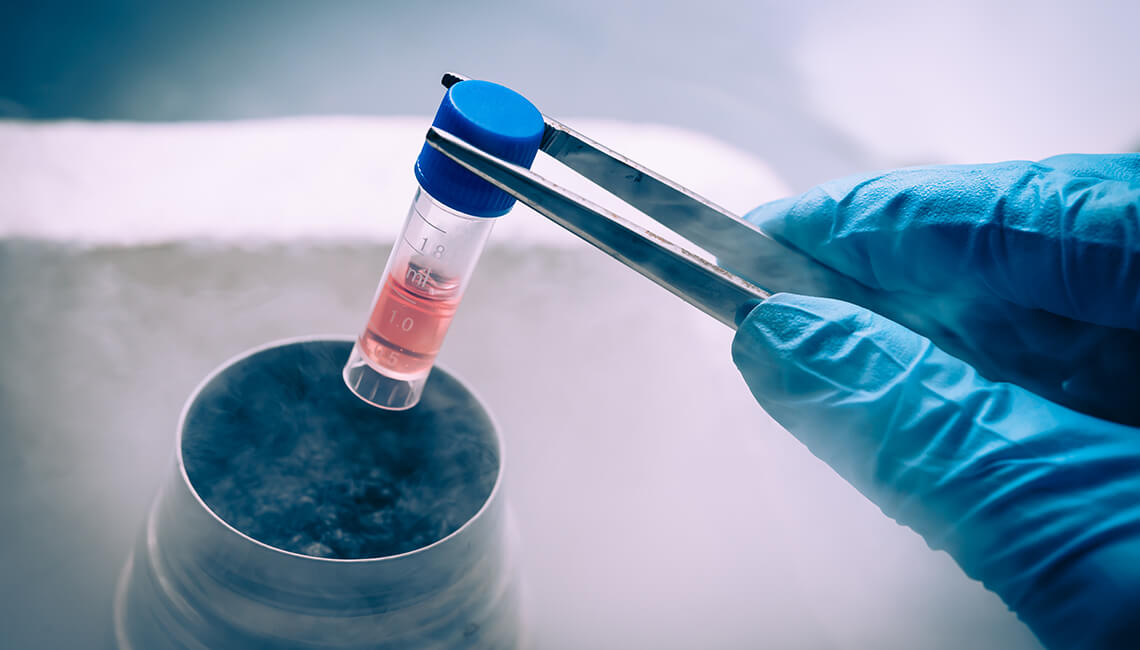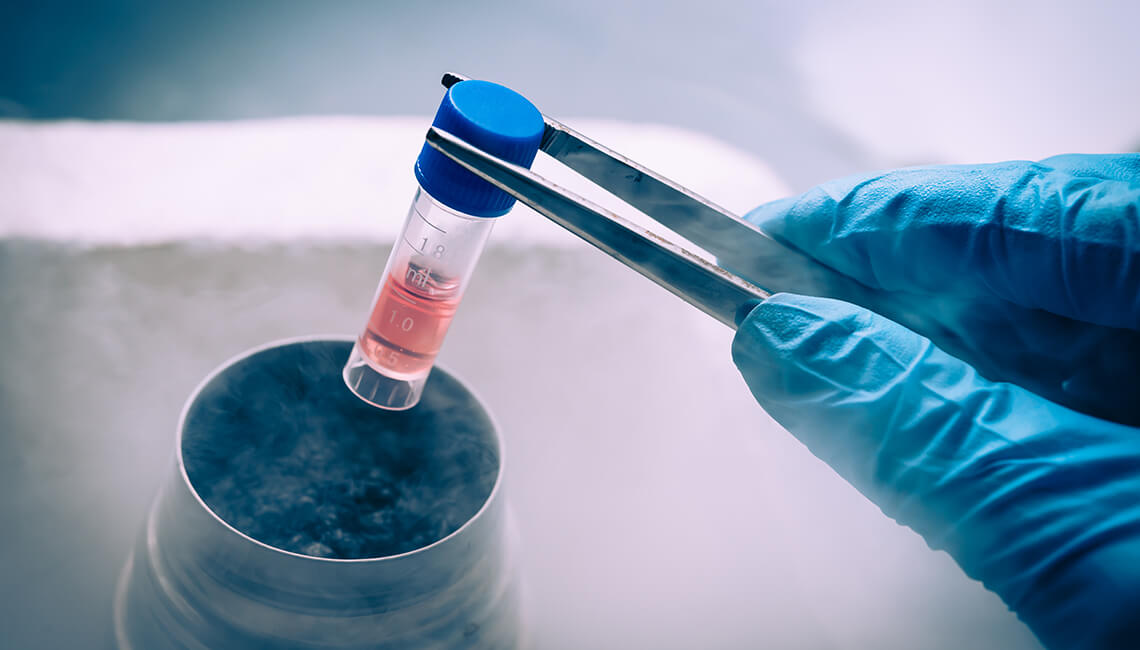by Dr. Sharon McQuillan
PHOTOGRAPH By Adriana Williams/Corbis
In 2006, Hendrikje van Andel-Schipper of the Netherlands, the oldest reported living woman, died healthy and vital at age 115. She donated her body to science to help unlock the secrets to longevity. A study published in Neurobiology of Aging suggests that she was in excellent physical and mental health. Her death is attributed to stem cell exhaustion, meaning her lifespan was limited by her stem cells’ ability to replenish her body with new cells.
The World Health Organization’s health statistics for 2014 show significant gains in life expectancy, with more people living into their eighties and nineties. (A child born into this decade can expect to live six years longer than one born in the 1990s.) But quantity of years means little when the quality of life is gone. Few of us expect to ever rely upon others for basic needs, or experience memory loss, or have our body functions fail. Is it any wonder that science constantly pursues ways of extending our wellness well into the future?
As Ms. Van Andel-Schipper’s story suggests, stem cells appear to be the key to longevity. From the moment of conception, our DNA is a blueprint that determines who we are. Stem cells are the building blocks from which our other cells are generated—found in every part of the body, with the potential to become many different cell types. (They are our only cells that can generate new types of cells naturally, based on the needs of our bodies.) Once we’ve become fully developed, stem cells work around the clock to repair and regenerate any cells and tissue that become damaged.
HEAL THYSELF
Researchers have discovered how to harness one’s own healthy stem cells to heal and regenerate damaged parts of the body. Indeed, the future of medicine seems to lie in the field of stem cell therapy. While stem cell therapy remains in its infancy, it’s already providing new hope in a host of areas, particularly in the treatment of degenerative illnesses.
This has prompted a push in the science community to bank healthy cells for future use. Access to such cells when our bodies need them can mean the difference between ease and disease, life or death. “Stem cells age as we do,” notes Rafael Gonzalez, Ph.D., vice president of Research and Development for the BioBox and DaVinci Biosciences. “Bone marrow stem cells, for example, decrease more than a million percent from the time we’re born until the time we turn 60. Stem cells from fat also lose their growth and differentiation potential.”
For this reason, Dr. Gonzalez and his colleagues recommend banking stem cells as early in life as possible. Cells derived from dental pulp, bone marrow, and fat are commonly banked, and stem cells gleaned from umbilical cord blood, immediately following a baby’s birth, have been collected as a standard banking procedure for more than 30 years.
Cord blood stem cells go to a facility where they’re separated from plasma and then cryopreserved for future use. According to LifebankUSA, cord blood stem cells can be used to treat more than 80 diseases, including blood disorders and cancers.
Unfortunately, this collection can only occur at the time of birth. Banking cells from fat, or adipose tissue, is the second generation of stem cell banking. Adipose-derived stem cells are a practical option because fat is plentiful and accessible, and the time frame for collection is flexible.
These stem cells consist of a variety of cells—adult stem cells, endothelial progenitor cells, and more—that work together to regenerate the environment into which they’re introduced. Banking adipose stem cells involves the collection of fat via a miniliposuction procedure performed under local anesthesia. The fat is sent to a cell banking facility where the stem cells are isolated from the fat tissue.
They are then tested for viability (number of stem cells obtained) and purity, then frozen using cryopreservation. (This method freezes cells to sub-zero temperatures.) Choosing a stem cell bank is a big decision, best to be made with the counsel of your physician.
Doctors performing regenerative treatments using stem cells must be affiliated with a reputable tissue bank and have the necessary accreditation. “The facility you use should be stateapproved and FDA registered,” insists Dr. Gonzalez. A stem cell bank should have published research, a staff of Ph.D. scientists, and be well funded so that you stem cells work around the clock to restore & regenerate know your stem cells will be available for years to come.
“It’s also important to have a basic understanding of the infrastructure where your cells are banked. You don’t want to trust your cells to a company that may not be stable, or that doesn’t have any science or medical backing.” 

THE PRICE IS RIGHT
The price to bank cells depends upon the amount of cells or fat banked, as well as the length of storage. “There’s an upfront processing fee followed by yearly maintenance fees,” says Dr. Gonzalez. “The fees on average are about $1,700 as an initial fee, plus a yearly storage fee of approximately $150 per year.” This is a rather small price to pay to ensure your future health and longevity. Most of us take great strides to plan for our future. We map out our finances, invest in various insurance policies, and put money away for retirement.
Does it not make sense to invest in our future ability to ward off disease and degeneration? The banking of stem cells is our key, indeed, to living a long life of prosperity. before bedtime.












